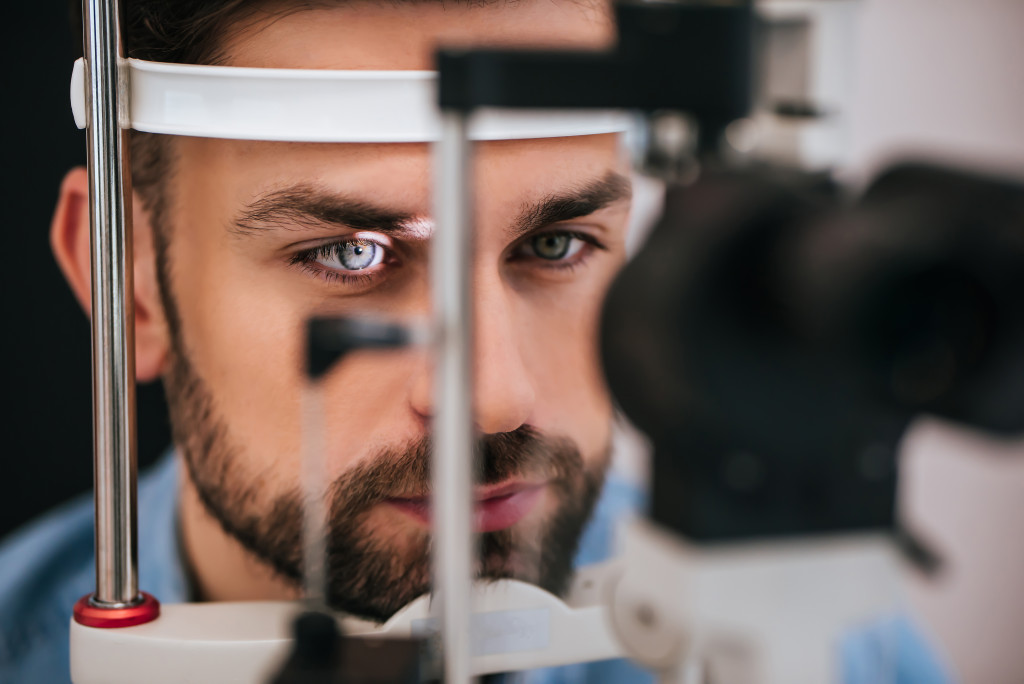Much of the research and scientific efforts are geared towards regaining independence and improving the quality of life for people with visual impairments and disabilities. One of which is color vision deficiency. Although a person can still function effectively in their day-to-day activities with this condition, it can vary from person to person and in the severity of their color blindness. For individuals with complete color blindness, performing daily activities such as crossing the street, learning in a formal setting, and even choosing what to wear can prove challenging.
These struggles can range from trivial to dangerous in people with little to no accuracy in perceiving color. Here’s what you should know about color vision deficiency.
What Is Color Blindness and What Causes It?
Color blindness or color vision deficiency (CVD) is a condition wherein a person sees colors differently than most. A telling symptom of color blindness is the inability of the person to differentiate between colors. Additionally, they are unable to see different shades or how bright a color is. The different types of CVD include red-green color blindness, blue-yellow color blindness, and complete color blindness.
Color blindness is more prominent in the caucasian male population. Other risk factors include a family history of CVD, having been diagnosed with glaucoma, age-related macular degeneration, diabetes, multiple sclerosis, or Alzheimer’s disease. Certain medications, a damaged optic nerve, or a damaged part of the brain, may also contribute to CVD in a person.
Is There a Cure?
To this day, there is no cure for CVD, especially if it’s genetic. But even then, it doesn’t significantly affect the daily functions of a person. For the most part, these don’t necessarily hinder a person from functioning and performing daily tasks. However, it can cause problems, especially in extreme cases. Simple tasks such as cooking or driving a car can be a challenge. Although there isn’t a direct cure for CVD, many scientists and researchers have developed innovative and high-tech solutions to enable a person with CVD to see color.
Technological Discoveries and Works in Progress
There are many high-tech solutions in the works to address color blindness to make everyday life easier for people with it. Here are some of the most recent efforts to correct CVD.
High-tech Contact Lenses
To alleviate red-green color blindness, researchers have put meta surfaces into off-the-shelf contact lenses. Scientists have recognized that minimizing the overly seen color can help with this visual condition, but obtaining this correction in a comfortable and lightweight design is difficult. With that in mind, they created thin films with precise optical characteristics and incorporated these to contact lenses. In this study, scientists proved the effectiveness of contact lenses in correcting red-green color blindness. However, they continue to further study the properties of meta surfaces and their other possible applications.
Special Filtered Glasses
Another recent innovation by scientists involved the use of spectral notch filters or special filters for glasses that can help people with CVD see color. Participants of the study were individuals with red-green color blindness. Over the course of two weeks, the researchers tested the effect of spectral notch filters on improving the chromatic responses of these participants.
Results showed that the participants did benefit from the use of special filters. The filters used in the glasses were made to increase the gap between color channels, allowing better differentiation between colors and allowing participants to see different colors vividly and distinctively. The findings revealed that using the filters for two weeks improved chromatic contrast sensitivity and that these enhancements in color perception also remained after the filters were removed. This displayed an adaptive visual response.
Smart Glasses
There are more eye glasses in the market and research tackling the same condition: color blindness. People that suffer from other visual impairments and conditions can benefit from smart too. Smart glasses are more holistic because they improve vision in more ways than one, be it peripheral vision loss, cataracts, glaucoma, blindness, and more. Face recognition, text detection, light sensitivity, and more are among the features of smart glasses.
These advancements in visual aid aren’t limited to improved vision as it improves these individuals’ outlook in life. Other than the practical use of color, perceiving the true colors of the world is a gift. It’s a gift everyone deserves, and science sees that. As discoveries are made, and scientific findings are used for the better, everyone’s vision in and of the future will be bound to improve.








